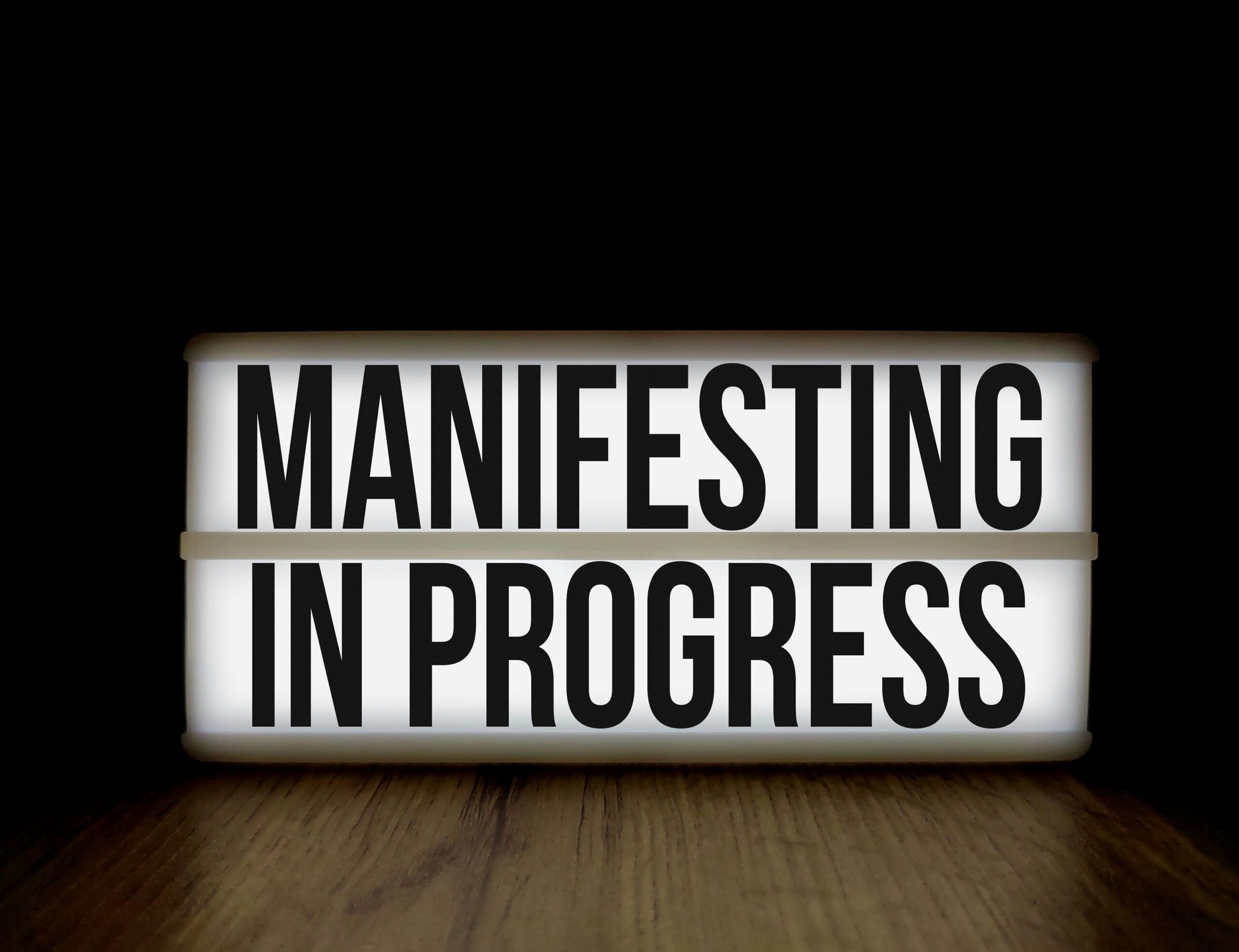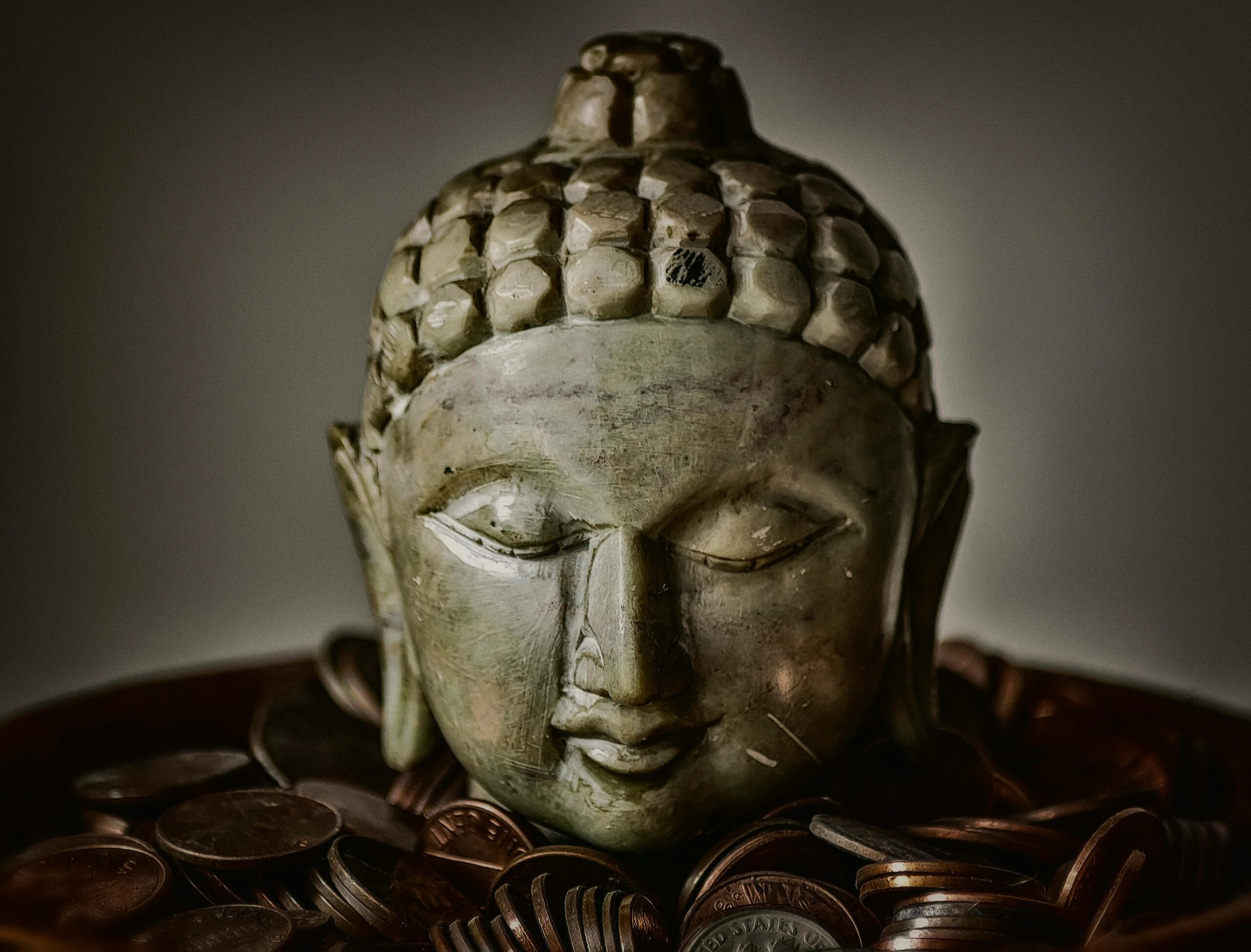Life is a delicate dance between structure and spontaneity, where finding the sweet spot between routine and flexibility can transform ordinary days into extraordinary experiences. ✨
In our fast-paced modern world, we constantly struggle with opposing forces: the need for predictable routines that provide stability versus the desire for flexibility that allows us to embrace opportunities as they arise. This tension isn’t just a minor inconvenience—it’s a fundamental challenge that affects our productivity, mental health, relationships, and overall satisfaction with life.
The good news? You don’t have to choose between being rigidly scheduled or completely spontaneous. The art of balancing routine and flexibility is learnable, and mastering it can unlock a more fulfilling, productive, and joyful existence. This comprehensive guide will explore practical strategies, psychological insights, and actionable steps to help you create a life rhythm that works uniquely for you.
Why Both Routine and Flexibility Matter for Your Well-being 🌱
Before diving into the “how,” it’s essential to understand why this balance is so crucial. Routines and flexibility aren’t opposing enemies—they’re complementary partners that serve different but equally important functions in our lives.
Routines provide the foundation of stability. They reduce decision fatigue by automating certain aspects of our day, create predictability that calms our nervous system, and establish healthy habits that compound over time. Research shows that people with consistent routines experience lower stress levels, better sleep quality, and improved mental health outcomes.
Flexibility, on the other hand, is what makes life worth living. It allows us to adapt to unexpected circumstances, seize spontaneous opportunities, nurture creativity, and maintain resilience when things don’t go according to plan. Without flexibility, our routines can become rigid prisons that disconnect us from the natural flow of life.
The magic happens when these two elements work together harmoniously. A well-balanced approach gives you the structure to make progress on your goals while maintaining the adaptability to enjoy life’s surprises and navigate its inevitable disruptions.
The Hidden Costs of Extremes: Too Much Structure or Too Little
Understanding what happens when we lean too far in either direction can motivate us to seek balance. Let’s examine the pitfalls of both extremes.
The Over-Scheduled Life 📅
When routines dominate every aspect of life, several problems emerge. You might experience increased anxiety when plans change, difficulty connecting spontaneously with others, reduced creativity and problem-solving abilities, and a pervasive sense that you’re living mechanically rather than authentically.
People trapped in over-scheduled lives often describe feeling successful on paper but empty inside. They hit their targets and check off their to-do lists, yet wonder why life feels so joyless. The rigid adherence to routine can also strain relationships, as loved ones may feel they need to “book an appointment” just to spend quality time together.
The Completely Unstructured Approach 🎲
Conversely, living without sufficient routine creates its own set of challenges. Without structure, you may struggle with procrastination and difficulty completing long-term goals, inconsistent sleep and eating patterns that affect physical health, chronic stress from constantly making decisions, and a feeling of drifting without clear direction.
The entirely spontaneous life might sound appealing in theory, but in practice, it often leads to unfulfilled potential. Important goals that require sustained effort—whether health-related, professional, or personal—rarely happen without some degree of consistent action.
Creating Your Foundation: The Power of Flexible Routines ⚡
The solution isn’t to choose one approach over the other but to build what I call “flexible routines”—structures that provide consistency while leaving room for adaptation.
Start by identifying your non-negotiables. These are the activities that significantly impact your well-being and deserve protected time in your schedule. For most people, this includes adequate sleep, regular meals, physical movement, and time for important relationships. These elements form the skeleton of your routine—consistent but not rigid.
Next, create time blocks rather than minute-by-minute schedules. Instead of planning “answer emails at 9:00 AM for exactly 30 minutes,” think “morning admin tasks between 9-11 AM.” This approach provides structure while allowing you to flow naturally between activities based on energy levels and circumstances.
Build buffers into your day. If you think a task will take one hour, schedule 75 minutes. These buffers absorb unexpected delays without derailing your entire day, dramatically reducing stress and creating space for spontaneous opportunities.
The Weekly Reset: Planning with Built-in Flexibility 🔄
One of the most effective strategies for balancing routine and flexibility is the weekly reset—a practice where you plan your week with intention while leaving strategic gaps for spontaneity.
Dedicate time each weekend to review the coming week. Identify your top three priorities and schedule focused time for them. These are your anchors—the activities that truly matter and deserve protection. Everything else has varying degrees of flexibility.
Designate certain days or time blocks as “flexible zones.” These are periods where you intentionally leave your schedule open. You might use this time to catch up on tasks that ran over, pursue spontaneous opportunities, rest if you’re feeling depleted, or simply allow for unstructured exploration and creativity.
This approach provides the best of both worlds: you have a plan that moves you toward your goals, but you’re not so locked in that life feels suffocating. The weekly reset also helps you stay responsive to changing circumstances while maintaining forward momentum.
Daily Rituals That Create Stability Without Rigidity 🌅
While your overall schedule might be flexible, certain daily rituals can provide grounding without feeling restrictive. The key is choosing rituals based on their outcome rather than their specific form.
Consider a morning ritual focused on “starting the day centered and energized” rather than “meditate for exactly 20 minutes, journal for 15, then exercise for 45.” Some days your centering practice might be meditation; other days it might be a walk in nature or simply sitting quietly with your coffee. The outcome—beginning your day intentionally—remains consistent even as the methods vary.
Similarly, create an evening wind-down ritual that signals to your body it’s time to transition to rest. This might include dimming lights, avoiding screens, reading, gentle stretching, or preparing for the next day. The specific activities can vary based on what you need that evening, but the ritual of winding down remains consistent.
Technology as Your Balancing Tool: Apps That Help 📱
Modern technology offers powerful tools for maintaining this balance. The right apps can help you structure your time while preserving flexibility.
Time-blocking and calendar apps allow you to visualize your commitments while easily rearranging them when needed. Look for tools that make it simple to drag and drop activities, set reminders that aren’t intrusive, and sync across devices so you can adjust plans on the go.
Habit tracking applications help you maintain consistency in important areas without being punitive about perfection. The best habit trackers focus on progress over perfection, celebrate streaks while not catastrophizing breaks, and provide insights into patterns without creating anxiety.
Forest is an excellent example of an app that helps you stay focused during planned work sessions while making the experience engaging rather than rigid. It gamifies concentration by growing virtual trees during focused periods, providing structure without feeling constraining.
Listening to Your Rhythms: The Body’s Natural Wisdom 🎵
True balance requires tuning into your natural rhythms rather than imposing arbitrary structures. Your energy, focus, and creativity fluctuate throughout the day, week, and month—and honoring these patterns is essential for sustainable productivity and well-being.
Track your energy levels for a week or two. Notice when you feel most alert, creative, social, or need rest. Then design your routine around these observations. If you’re a morning person, protect your early hours for your most important work. If you hit an afternoon slump, schedule administrative tasks or rest during that time rather than fighting your biology.
For women, hormonal cycles create monthly patterns that significantly impact energy and focus. Planning high-intensity projects during naturally energetic phases and building in more flexibility during lower-energy times works with your body rather than against it.
Seasonal rhythms also matter. Winter naturally invites more inward focus and rest, while summer’s longer days support more activity and social connection. A truly balanced approach acknowledges and adapts to these larger cycles.
The Art of Saying No (and Yes): Protecting Your Balance 💪
Maintaining balance between routine and flexibility requires boundary-setting skills. Every commitment you make is a choice about how you’ll spend your limited time and energy.
Develop criteria for evaluating opportunities. Before automatically saying yes to requests, ask yourself: Does this align with my current priorities? Will this energize or deplete me? What will I need to give up to accommodate this? Is this a genuine opportunity or just filler activity?
Practice the “not now” response. Instead of a hard no or reluctant yes, “not now” acknowledges the possibility while protecting your current priorities. This approach keeps doors open without overcommitting.
Equally important is saying yes to the right things—especially spontaneous opportunities that genuinely excite you. If your schedule is so packed that you can’t accept an unexpected invitation to something meaningful, you’ve tipped too far toward rigidity.
Building Resilience: When Plans Fall Apart 🌊
Even with the best-laid plans, life inevitably throws curveballs. Your ability to maintain balance depends largely on how you respond when routines get disrupted.
Develop a “minimum viable routine” for challenging days. This is the absolute bare minimum that helps you maintain well-being even when everything goes sideways. It might include just three elements: adequate sleep, one healthy meal, and ten minutes of movement or stillness. Knowing you can fall back to this foundation reduces anxiety about disruptions.
Reframe disruptions as information rather than failures. When your routine gets derailed, ask what this situation is teaching you. Perhaps your schedule was too packed, or you need more buffer time, or certain commitments aren’t actually serving you. Each disruption offers valuable data for refining your approach.
Practice the art of the quick reset. Rather than letting one disrupted day spiral into a disrupted week, develop simple practices that help you return to center quickly. This might be a brief meditation, a walk around the block, or simply taking three deep breaths and asking, “What’s the next right action?”
Social Connections: Balancing Scheduled and Spontaneous Relationships 👥
Our relationships thrive on both consistency and spontaneity. Too much scheduling can make connections feel transactional, while too little structure can cause important relationships to drift.
Create relationship rituals that provide regular connection without feeling forced. This might be a weekly call with a distant friend, a monthly dinner with your partner, or regular coffee dates with a colleague. These scheduled touchpoints ensure relationships don’t fall off your radar during busy periods.
Simultaneously, preserve space for spontaneous connection. Keep certain evenings loosely planned so you can accept last-minute invitations. Embrace unexpected phone calls rather than always letting them go to voicemail. Allow room for conversations to meander beyond their scheduled endpoints when they’re flowing beautifully.
Communicate your approach to loved ones. Let people know you’re working on balancing structure and flexibility, and invite them to support you. This openness prevents misunderstandings and helps others understand that declined invitations aren’t personal rejections—they’re part of maintaining healthy boundaries.
Work-Life Integration: Beyond Rigid Boundaries ⚖️
The traditional concept of work-life balance often creates unhelpful rigidity. A more sustainable approach is work-life integration—allowing these spheres to blend thoughtfully while protecting what matters most.
Establish core working hours that provide structure for collaboration and focused work, but allow flexibility around the edges. Perhaps you start work after dropping kids at school, take a long lunch for exercise, then work into the evening when you’re most creative. The key is matching your schedule to your responsibilities and rhythms rather than adhering to arbitrary conventions.
Create clear transition rituals between work and personal time. This might be changing clothes, taking a walk, or a simple closing ritual at your desk. These markers help your brain shift modes even when work and life occupy the same physical space.
Build regular “unplug” periods where you’re genuinely unavailable for work. These protected times recharge your batteries and remind you that your worth isn’t solely defined by productivity. They also model healthy boundaries for colleagues and family members.
Measuring What Matters: Redefining Success 📊
Traditional productivity metrics often push us toward rigidity. Shifting how we measure success can support better balance between routine and flexibility.
Instead of only tracking tasks completed, also measure energy levels, quality of rest, meaningful connections, and moments of joy or flow. These holistic metrics provide a more accurate picture of whether your current balance is sustainable.
Celebrate adaptation as much as consistency. When you successfully adjust your plans to accommodate important but unexpected opportunities, that’s a win—not a failure of discipline. When you maintain your morning ritual even though the specific activities varied day to day, that’s consistency where it counts.
Conduct regular life audits. Monthly or quarterly, review whether your current approach is serving you. Are you achieving your important goals? Do you feel energized or depleted? Are you present with loved ones? Are you experiencing joy and spontaneity? Use these reflections to adjust your balance point as needed.

Embracing Seasons: Your Balance Will Shift 🍂
Finally, recognize that perfect balance isn’t a fixed destination—it’s a dynamic equilibrium that shifts with life’s seasons. What works during a calm period may not work during a crisis. What serves you in your twenties may need adjustment in your fifties.
Some seasons naturally require more structure—perhaps when starting a new job, training for a significant goal, or managing a health challenge. Other seasons invite more flexibility—maybe during vacation, creative projects, or periods of transition. Both approaches are valid when chosen consciously rather than defaulted into unconsciously.
Give yourself permission to recalibrate frequently. Life changes, and so should your approach. The person who can adapt their systems to match their current reality while maintaining core commitments is far more successful than someone rigidly clinging to a routine that no longer serves them.
The journey toward finding harmony between routine and flexibility is ongoing. It requires self-awareness, experimentation, and compassion for yourself when you inevitably tip too far in one direction. But the rewards—a life that feels both grounded and alive, productive yet spacious, structured yet free—are immeasurable.
Start small. Choose one area of your life where you’d like to improve this balance. Experiment with creating flexible structure there, observe what works, and gradually expand your approach. Over time, you’ll develop an intuitive sense of when to lean into routine for stability and when to embrace flexibility for growth. This mastery isn’t about perfection—it’s about creating a life rhythm that allows you to thrive, adapt, and find genuine fulfillment in both the planned and unplanned moments. 🌟
Toni Santos is a personal growth strategist and wealth alignment researcher dedicated to helping people connect mindset, habits, and money with purpose. With a focus on abundance psychology and intentional living, Toni explores how beliefs, behavior, and clarity turn goals into sustainable prosperity. Fascinated by financial psychology and high-performance routines, Toni’s journey bridges coaching, behavioral science, and practical frameworks. Each guide he shares is an invitation to design a life by intention—where daily actions align with values, and values align with long-term wealth. Blending mindset work, habit design, and evidence-based strategy, Toni studies how identity shifts, focus systems, and disciplined execution create compounding results. His work champions the idea that true abundance is built from the inside out—through awareness, alignment, and consistent action. His work is a tribute to: An abundance mindset grounded in gratitude, vision, and responsibility Financial psychology that transforms behavior into smart decisions Goal-oriented living powered by clear systems and repeatable habits Whether you’re redefining success, aligning money with meaning, or building habits that last, Toni Santos invites you to grow with intention—one belief, one plan, one aligned step at a time.




